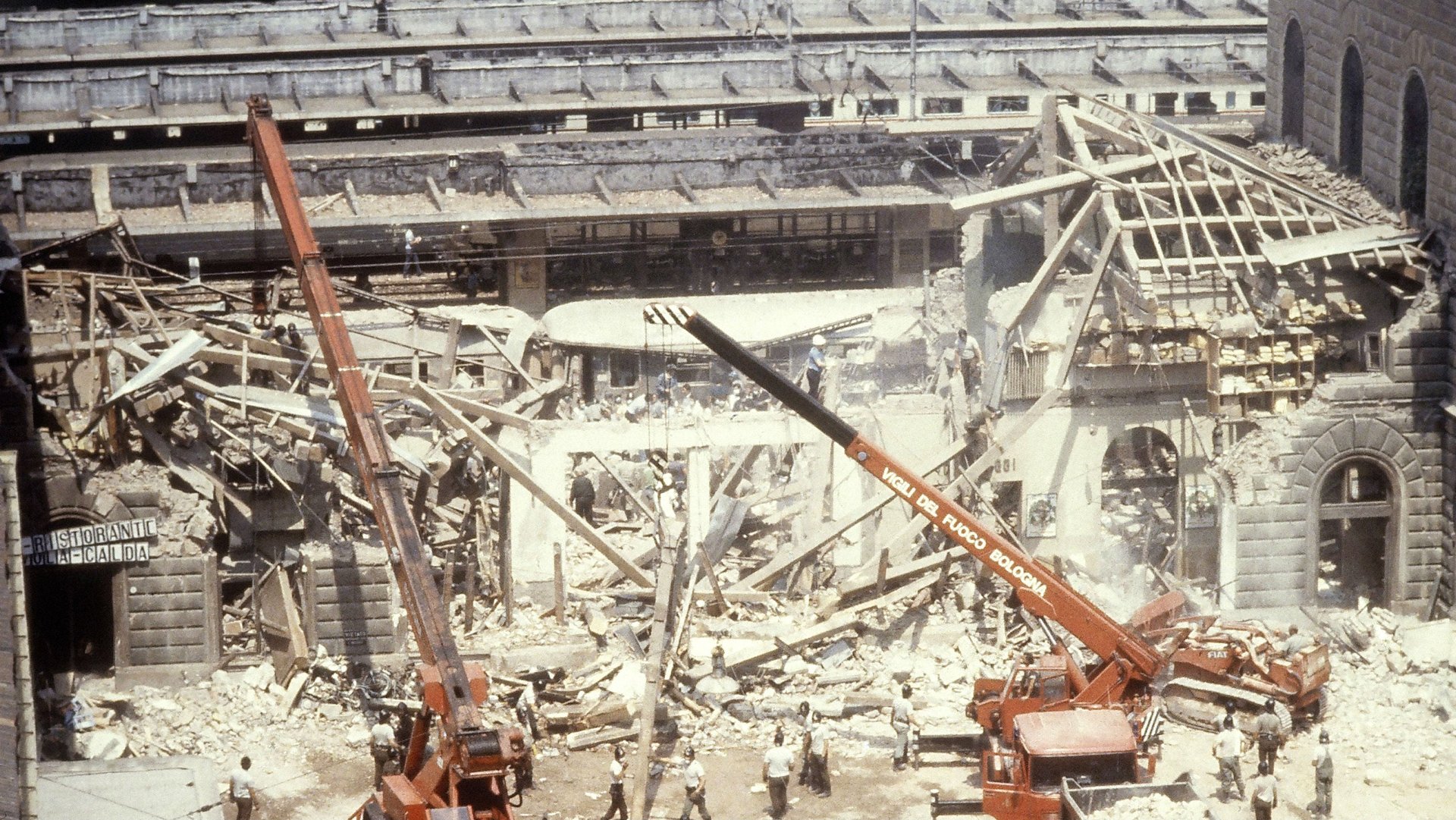Charted: Terror attacks in Western Europe from the 1970s to now
Even before it ends, 2015 has been the year with the highest number of deaths (148) caused by terror attacks in Western Europe since 2004. That year, 196 people died and more than 1,850 were wounded, in large majority in the attacks that hit the Cercanías commuter network in Madrid in what remains the most deadly attack to hit continental Europe since the end of World War II.


Even before it ends, 2015 has been the year with the highest number of deaths (148) caused by terror attacks in Western Europe since 2004. That year, 196 people died and more than 1,850 were wounded, in large majority in the attacks that hit the Cercanías commuter network in Madrid in what remains the most deadly attack to hit continental Europe since the end of World War II.
This year’s casualties came mainly from the two sets of attacks in France—in January, against the magazine Charlie Hebdo, and in November, at several sites around Paris. These tragic episodes are particularly shocking in the light of the relative tranquillity that’s reigned over Europe in the past 20 years. Aside from Madrid and now Paris, the only other large attacks since 1995 occurred in Norway, where 77 people were killed by far-right terrorist Anders Behring Breivik in 2011, and in London, where in 52 were killed in a 2005 attack on the city’s public transit system, carried out by four Islamist extremists.
Between 1970 and 1994, however, terrorist attacks in Europe were much more common. From Northern Ireland’s Irish Republican Army (IRA) to Spain’s Basque separatist group Euskadi Ta Askatasuna (ETA) to Italy’s Anni di Piombo (Years of Lead), extremist political groups organized bombings in each of those countries, meaning terrorism in Europe as local phenomenon was perhaps just as ominous as the current threat posed by the Islamic State.
In the past 45 years, there have been more than 16,000 terror attacks in Western Europe, an average of more than 350 per year, according to the Global Terrorism Database, maintained by the National Consortium for the Study of Terrorism and Responses to Terrorism. The peak was reached in 1979, when 1,019 attacks were perpetrated in Europe, but all through the 1970s, 1980s, and mid-1990s attacks occurred with an average frequency of about 10 per week. Since 1997, the trend line has been even lower.
This year, however, stands out in terms of casualties. Both the number of dead and wounded is above the average of the past 45 years, though still below the levels of the 1970s and 1980s. The deadliest year was 1988, when terrorist in the region claimed 440 victims, mainly in the bombing of Pan Am Flight 103 over Lockerbie, Scotland, an attack for which Libya’s then-leader Muammar Gaddafi acknowledged responsibility. The highest number of wounded, 1,853, came in 2004, with the attacks in Madrid.